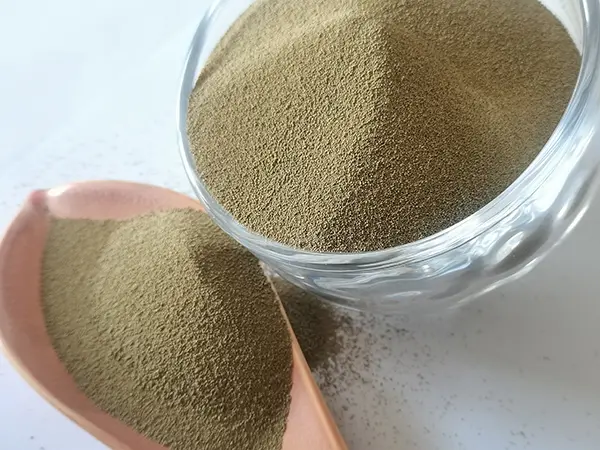The Versatile Applications of Ceramsite A Revolutionary Material in Modern Construction
Ceramsite, a lightweight, granular material produced by the sintering of clay and other natural materials, has garnered significant attention in recent years due to its remarkable properties and diverse applications. Originating in the mid-20th century, ceramsite has evolved into a staple in the construction industry, contributing to sustainable building practices and innovative engineering solutions.
One of the most appealing characteristics of ceramsite is its lightweight nature. This makes it an ideal aggregate in concrete production, reducing the overall weight of structures while maintaining strength. In high-rise buildings and bridges, for instance, the use of ceramsite can lead to lower foundation costs and improved stability. Additionally, its lightweight quality reduces the energy consumption during transportation, making it an eco-friendly option that aligns with modern sustainability goals.
Moreover, ceramsite exhibits excellent thermal insulation properties. Structures built with ceramsite aggregates are more energy-efficient, as they minimize heat loss in cold climates and maintain cooler temperatures in warmer regions. This insulation capability results in lower energy bills for heating and cooling, making ceramsite a cost-effective solution for both residential and commercial buildings. The demand for energy-efficient materials is on the rise as countries implement stricter regulations on energy consumption, and ceramsite fits perfectly into this growing trend.
ceramsite

Water retention is another compelling feature of ceramsite, making it invaluable in various applications beyond construction. In landscaping and horticulture, ceramsite is commonly used as a substrate in hydroponics and potting mixes. Its porous structure allows for optimal aeration and drainage, promoting healthier plant growth. Additionally, its lightweight nature aids in reducing the overall weight of pots and planters, making them easier to manage and transport. This dual functionality as both an aggregate and a soil amendment emphasizes the versatility of ceramsite.
Furthermore, ceramsite's high fire resistance properties enhance the safety of buildings. In regions prone to wildfires or where fire hazards are a significant concern, using ceramsite in construction can reduce risks and improve the safety of inhabitants. The material does not release toxic gases when exposed to high temperatures, making it a safer alternative to traditional insulation materials.
The use of ceramsite extends even to the realm of sewage treatment and water purification. Advanced wastewater treatment plants employ ceramsite as a medium for biofilm growth, facilitating the breakdown of organic contaminants. This application is crucial in managing pollution and ensuring clean water supply in urban areas, thus illustrating ceramsite's role in promoting environmental sustainability.
In conclusion, ceramsite is a remarkable material that offers a plethora of benefits across multiple industries. Its lightweight, insulating, and water-retaining properties, combined with fire resistance and environmental sustainability, make it a preferred choice for modern construction and landscaping. As the global emphasis on eco-friendly practices continues to grow, ceramsite's adaptability and functionality will likely see increased adoption, paving the way for innovative solutions in building and environmental management. The future appears bright for ceramsite, a revolutionary material that stands at the intersection of sustainability and modern technology.
Post time:marras . 19, 2024 20:21
Next:how to make foundry sand
